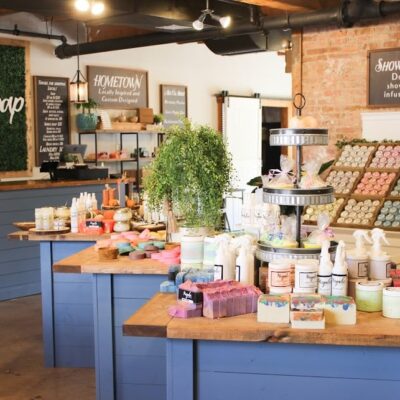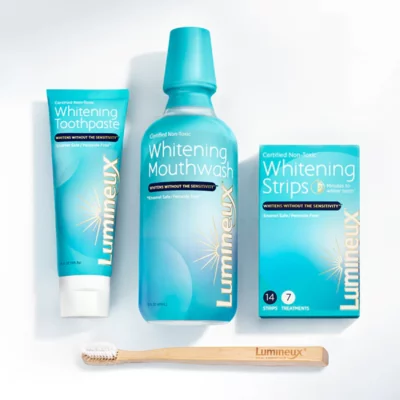Forget “eco-plastics” the latest innovation to hit South by Southwest is Un-Plastic. Could it make the world a better place?
By Laura Kobylecky
The South by Southwest (SXSW) Conference & Festivals draws people from all over the world, with showcases gathering to share innovation from their region. One such showcase is the New Dutch Wave, a source of innovative ideas from the Netherlands.
Today, Lori Goff, an inventor in the Netherlands is showing off something that looks like plastic. I caught up with her on the Trade Show floor to discuss her invention. Some have erroneously referred to it as “eco-friendly plastic” but she emphasizes that this is entirely the wrong concept. This is actually “Un-Plastic.”
Lori Goff, an inventor in the Netherlands is showing off something that looks like plastic Share on X
The Un-Plastic sits unassumingly on the table. The invention appears simple. There are a few pieces of a then material folded neatly on a table. Some pieces of Un-Plastic are wrapped around hard candies. The appearance is reminiscent of a slightly tanned plastic bag or wax paper. They range from gossamer grocery bag thin to the approximate thickness of butcher paper.
Goff studied for years to put herself in this position, as an inventor. Having heard about biodiesel made from algae she decided “I wanted to do that. So I decided to go study biotechnology, so I would have the background and the education to bring these kinds of projects to fruition.” By the end of that degree, she was “biodiesel from used cooking oil.” But that was only the beginning.
The inspiration for un-plastics came from the brewing industry Share on X
While living in the Netherlands, she started brewing her own beer. This drew her attention to the beer brewing industry and caused her to realize the “significant amount of waste produced.” From that point of inspiration, she “sort of mixed all the things together…so biotech, beer, waste and making useful things out of the waste.”
The amount of waste varies depending on the brewery but the “small and medium breweries, which are growing in popularity significantly, produce a lot of wastewater that, if it were to enter the environment, would damage the environment.” This wastewater is a source of Biochemical Oxygen Demand (BOD).
It’s NOT plastic so it can never break down into microplastics Share on X
The Environmental Protection Agency website describes the effect of BOD. According to them “the greater the BOD, the more rapidly oxygen is depleted in the stream,” leaving “less oxygen is available to higher forms of aquatic life.” Left unchecked, a high BOD could cause “aquatic organisms [to] become stressed, suffocate, and die.”
The current method of dealing with that wastewater is sending it through the sewage system (depending on the municipality rules of the region). But she sees that as a waste.
Inventor Lori Goff found a way to up-cycle wastewater from the brewing process into a highly-functional material that can have a lot of advantages in the rest of the world Share on X
She found a way to “take the wastewater and up-cycle what‘s there into a highly-functional material that can have a lot of advantages in the rest of the world.” This minimizes waste from the brewery and also reduces the use of plastics, most of which end up “in the natural environment releasing toxins and turning into microplastics.”
Her product is different from plastic. She emphasizes “It’s NOT plastic so it can never break down into microplastics.” Her specific goal was to replace the “replace single-use plastics that are damaging to our health and the environment.”
Due to her company “moving into patent and IP protection” she can’t be forthcoming about the “really super cool science interesting things,” but her tonal inflection seems to indicate a genuine passion for the scientific side of things. She does explain that “it has a really excellent oxygen barrier, so we want to look at packing for fruits and vegetables because we’re looking to replace single-use plastics where other materials aren’t really applicable yet.”
The “oxygen barrier” serves to extend the shelf life of fruits and vegetables (as compared to unpackaged materials). She understands that different fruits and vegetables will have “different parameters for what it needs to be protected.” Soft fruits may need physical protection some may need water moisture protection. The ideal goal would be a material with a relatively similar function. The varying textures of “unplastic” on the table are caused by “different methods” of her processing. She has more ideas but these “are the most tangible and easy to transport.”
“Could this be everywhere?” someone asks. “If all things go well,” she says with a smile. Share on X
Laura Kobylecky is a writer. She is particularly interested in new and emerging technology and culture. Connect with her on LinkedIn









